
Storks are large wading birds that live near
swamps, marshes, lakes, and rivers. There are
nineteen species in the world. North America is
home to two species, the wood stork of the southeastern
United States and the jabiru of Mexico.
Manyspecies live in Africa, Asia, and Europe, and
a few species also can be found in South America
and Australia. The white stork is most commonly
known. It summers in Europe, frequently nesting
on rooftops, and is the source of the legends of
storks delivering infants.
Physical Characteristics of Storks
between
five and thirteen pounds. The smallest species
is the Abdim's stork. The saddlebill and the
marabou stork are the largest. Storks have powerful
wings and a wide wingspan. The marabou's
wingspan is the greatest of all land birds, reaching
nearly ten feet. Plumage can be white, gray, or
black. Species with dark plumage often have iridescent
shades of purple, green, or blue. Males
and females look alike, but the male is larger.
Storks have long, slender legs that may be red,
white, gray, or black. They have three long toes
that are webbed at the base, and a shorter back toe.
The strong beak is long and pointed and is straight
or slightly curved.
Stork Behavior
Storks are carnivores and hunt for food in wetlands,
along bodies of water, and in grassy plains.
They feed on insects, worms, fish, frogs, reptiles,
and small birds and mammals. The adjutant storks
are scavengers, primarily seeking carrion. Many
storks are tactile foragers, walking slowly through
shallow water, groping with an open bill that
snaps shut reflexively when it comes into contact
with prey. Others are visual foragers, snatching
insects or stirring the water to disturb prey, then
seizing it with a thrust of the beak.
Storks do not vocalize. Instead, they communicate
with bill clattering and snapping, rasping,
and hissing. Nestlings make a high-pitched braying
which decreases with age.
Storks fly with their necks stretched out. The
legs dangle during takeoff, and then extend out
behind in flight. Storks glide on thermals, soaring
to high altitudes. They sometimes perform aerial
acrobatics such as diving and flipping.
Some stork species migrate seasonally, others
are nomadic, and some are nonmigratory. The
availability of prey largely determines the migration
and movement of stork colonies. Prey availability is in turn closely tied to
climate and rainfall patterns.
Storks will adapt the timing
of migration and breeding and
the choice of colony nesting
site according to these climatic
conditions, postponing or skipping
a breeding cycle if food
availability is low.
Excepting one or two species,
storks live in colonies,
building their nests of sticks,
reeds, and vines in trees, on
rooftops, or on the ground.
Some mate for life; others may
pair for just one season. Courtship
begins with a color change
of the birds' bill, face, legs, and
skin. The male performs various
aggressive, ritualized displays
to attract the female, who
then performs appeasement
displays. Both members of the
pair participate in nest building,
incubation, and caring for
nestlings. Clutch size is two to
five eggs, and incubation averages
thirty days. Parents feed the young
by regurgitating food into the nest.
The fledgling period varies from
six weeks to four months.
Conservation
Since 1950, the overall population
of storks has declined by half, due
to the destruction of wetland habitats
from deforestation, drainage,
farming and pesticide use. In 2000,
the Storm's stork, greater adjutant,
and oriental wood stork were listed
as endangered by the International
Union for Conservation of Nature
and Natural Resources. The lesser
adjutant, milky stork, black-necked
stork, painted stork, and wood stork are considered
vulnerable or near threatened. In the United
States, the wood stork serves as an indicator species
for the health of the Florida Everglades ecosystem.
Solutions to the declining world stork
populations include habitat improvement and
protection, captive breeding and reintroduction
of species, and artificial establishment of nesting
and colony sites.
Stork Facts
Classification:
Kingdom: Animalia
Phylum: Chordata
Subphylum: Vertebrata
Class: Aves
Order: Ciconiiformes (wading birds)
Suborder: Ciconiae (storks, ibises, spoonbills)
Family: Ciconiidae (storks)
Genus and species: Ten genera, one subgenus, and twenty-one species,
including Mycteria americana (American wood stork), M. cinerea
(milky stork), M. ibis (yellow-billed stork), M. leucocephala (painted
stork); Anastomus oscitans (Asian open-bill stork); A. lamelligerus (African
open-bill stork); Ciconia nigra (black stork), C. abdimii (Abdim's
stork), C. episcopus (woolly-necked stork), C stormi (Storm's stork),
C. maguari (Maguari stork), C. ciconia (white stork), C. boyciana (oriental
white stork); Ephippiorrhyncus asiaticus (black-necked stork),
E. senegalensis (saddle-bill stork); Jabiru mycteria (jabiru stork);
Leptoptilos javanicus (lesser adjutant stork), L. dubius (greater adjutant
stork), L. crumeniferus (marabou stork)
Geographical location: Every continent except Antarctica; most species
are found in the Eastern Hemisphere
Habitat: Wetlands; some species require distinct wet and dry seasons
Gestational period: Incubation averages thirty days
Life span: Seven to thirty years, varying by species; longer in captivity
Special anatomy: Long, slender legs; long neck; long, pointed bill
Other popular Animals
Photo Gallery of - Stork
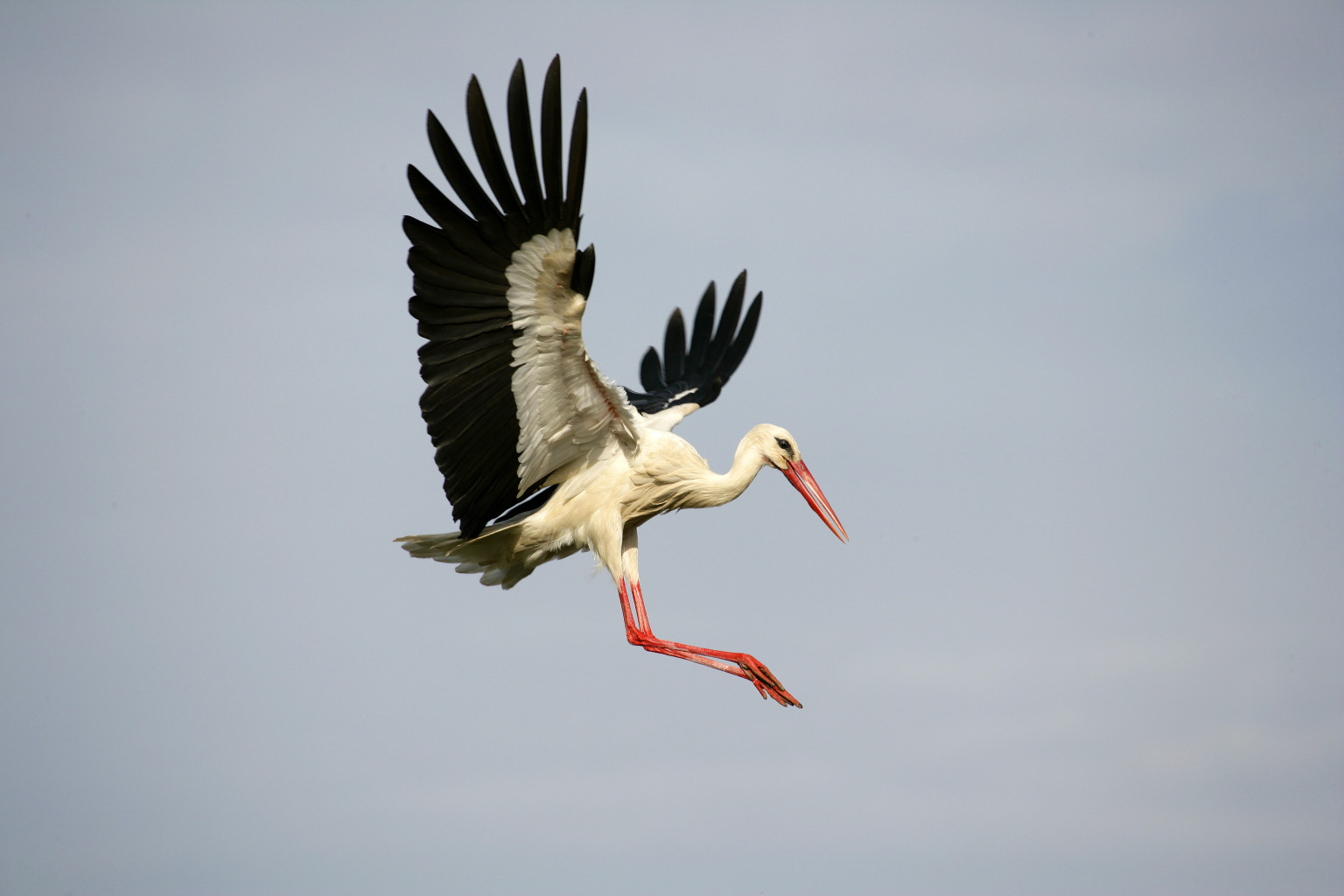
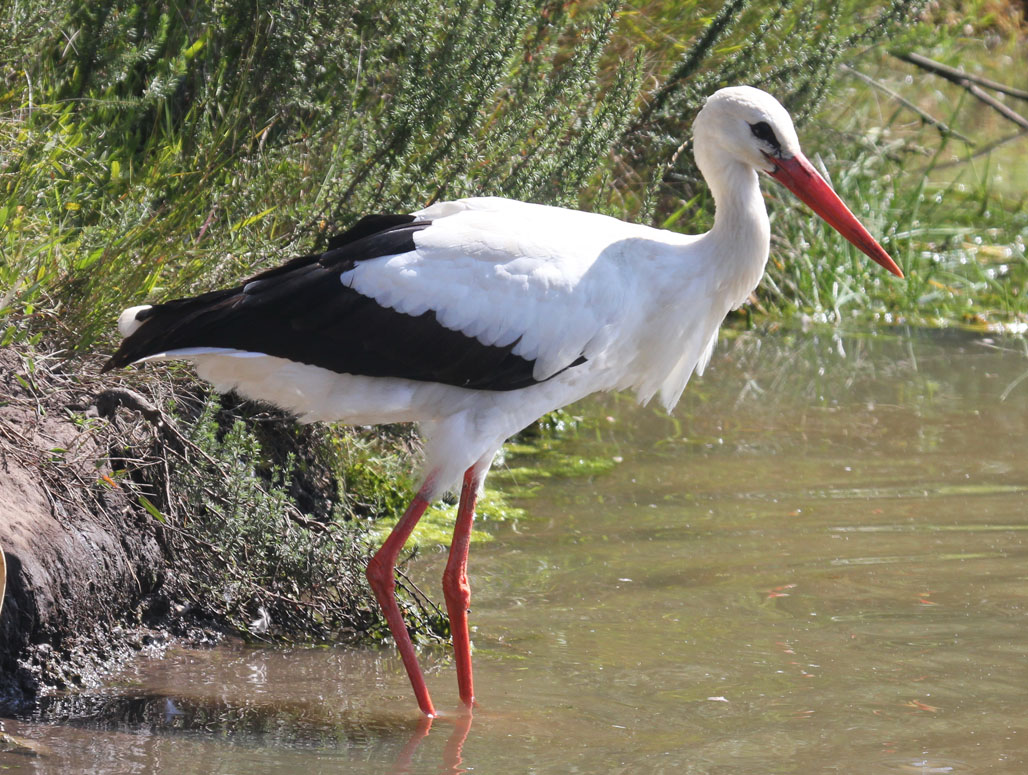
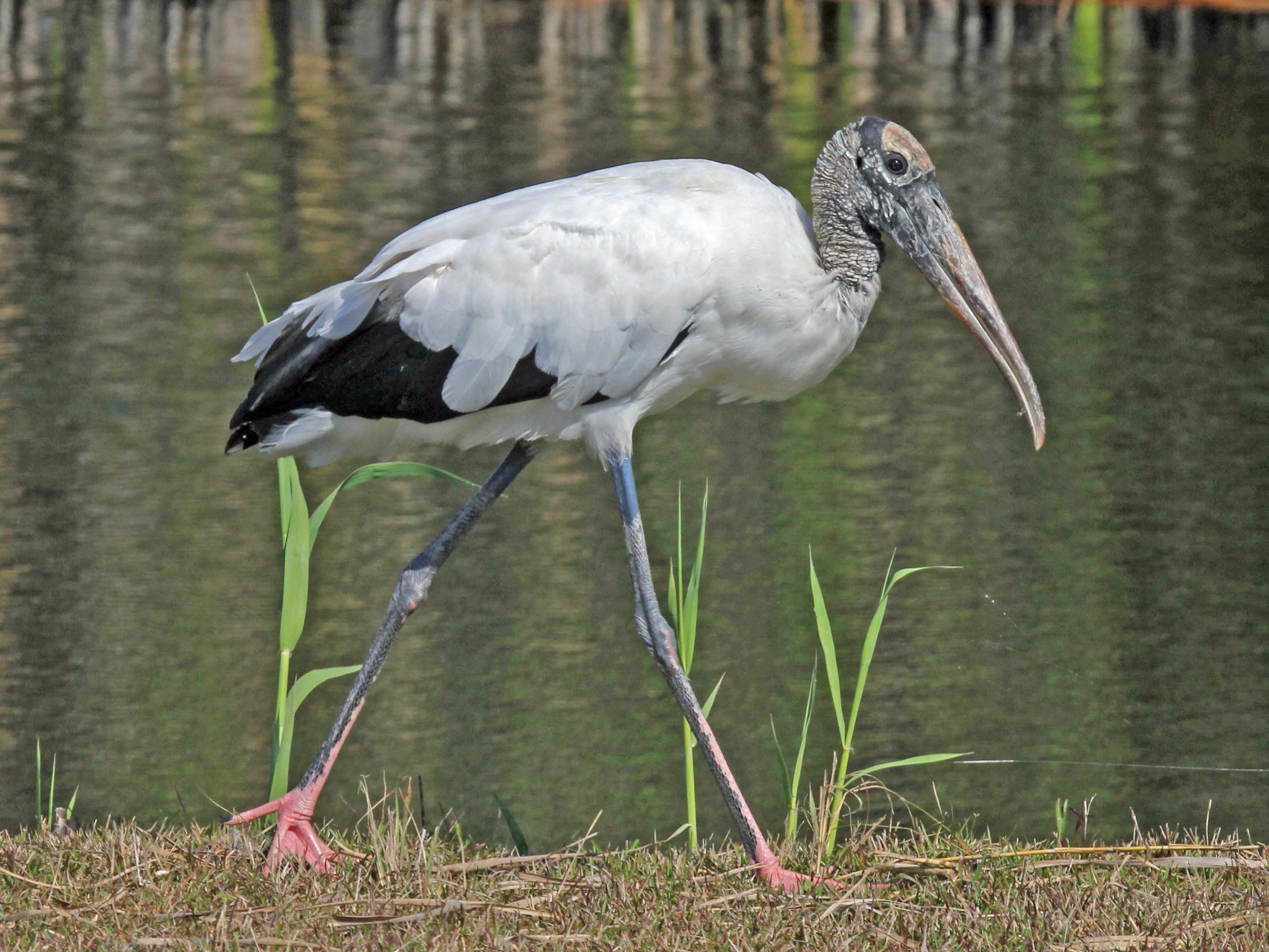
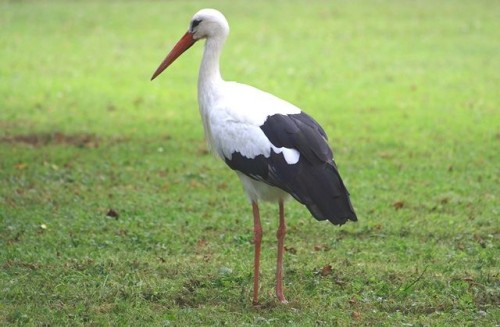
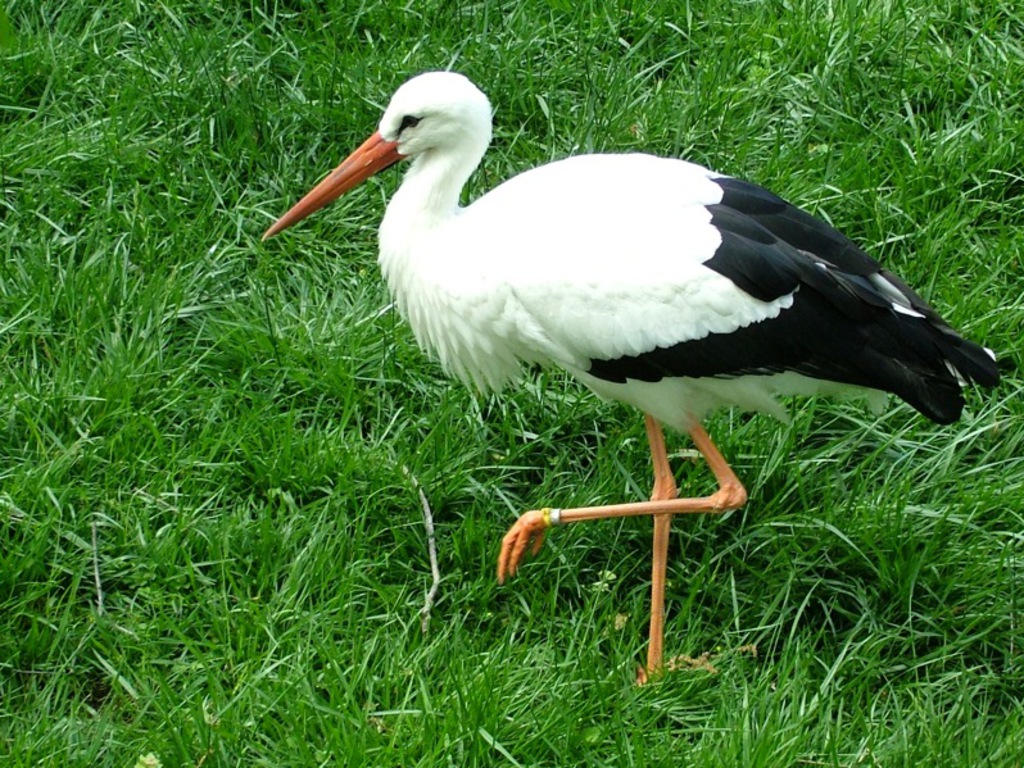

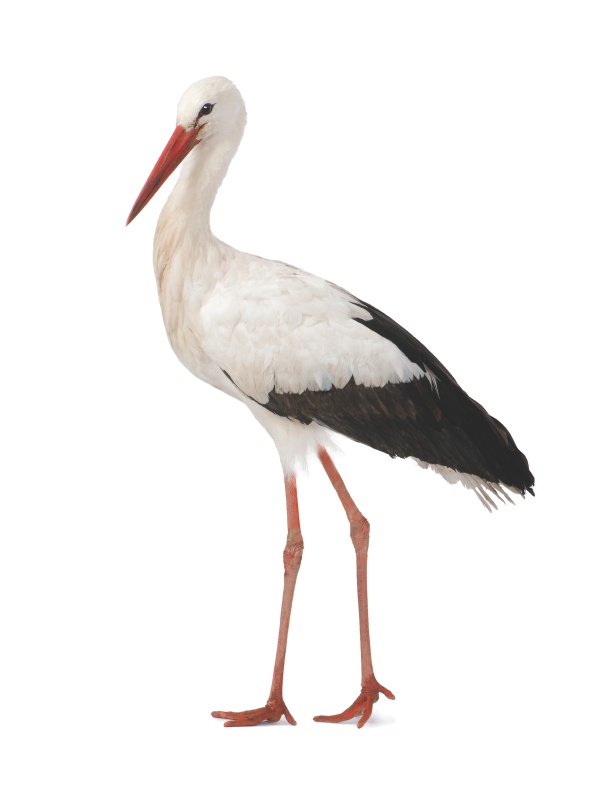
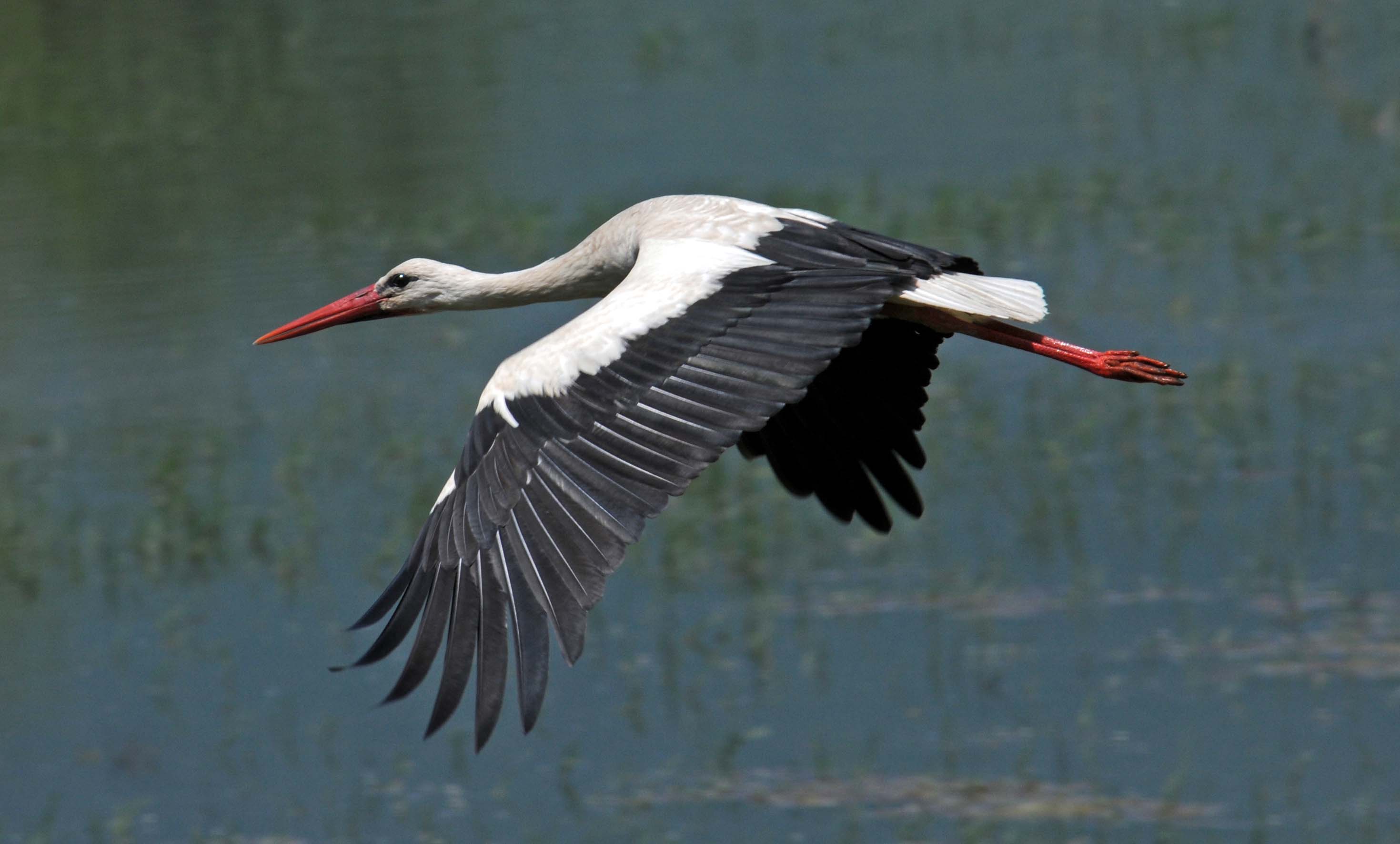
 Animalia Life
Animalia Life